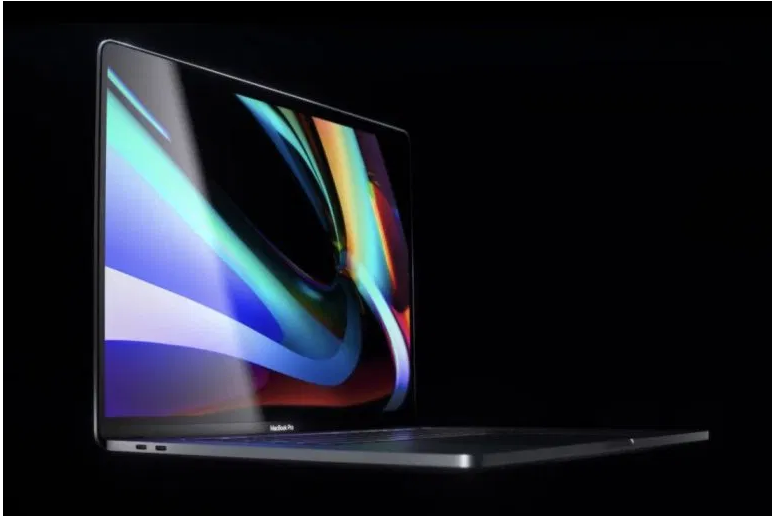Apple is preparing to announce its decision to move to ARM chips for its Macs at the upcoming WWDC.
Apple has long been rumored to be moving to ARM chips like the ones it uses in the iPhone and iPad. The company has been relying on Intel to power its line of computers since 2006, when it switched from the PowerPC architecture.
ARM chips are based on designs by Arm Holdings. Unlike Intel or AMD, Arm does not manufacture its own chips, but licenses the designs to other companies. Companies can even customize elements of the chipsets to better suit their needs.
Arm was originally founded as a joint venture between Apple and Acorn and, not surprisingly, Apple has the Architecture License, the broadest license available. This gives Apple the ability to modify Arm designs however they see fit to best work with their products.
Analysts have been expecting Apple to move Macs to ARM chips for multiple reasons. First, Intel has been struggling to keep up with demand for its processors and is starting to fall behind rival AMD in performance. Given the premium it charges for its Macs, any inability to deliver the fastest machines possible is far worse for Apple than many of its rivals. In contrast, current iPad Pros are faster than the vast majority of PC laptops on the market and, even more impressive, they deliver that performance without any fans thanks to the power-efficient nature of ARM chips.
The second factor motivating the change is Apple’s penchant for controlling the “whole widget.” In other words, Apple is at its best when it controls both the software and the hardware that runs it. This approach is one of the reasons the iPhone and iPads consistently outperform Android competitors by a wide margin.
A move to ARM for the Mac lineup would likely result in machines that are faster than current models, get better battery life and run cooler, while still running the more powerful macOS.
According to Bloomberg, internal testing at Apple has “shown sizable improvements over Intel-powered versions, specifically in graphics performance and apps using artificial intelligence, the people said. Apple’s processors are also more power-efficient than Intel’s, which may mean thinner and lighter Mac laptops in the future.”
Needless to say, however, a complete architecture change is no small feat. It’s previously been reported that Apple was going to release ARM-powered Macs in 2021. According to Bloomberg, the company plans to make the announcement at the upcoming WWDC to give developers plenty of time to prepare their applications to run on the new chipset.
This is very similar to how Apple handled the move to Intel in 2005 and 2006. Given that Apple has orchestrated two other major architecture changes in the Mac’s history, it’s a safe bet Apple will do everything necessary to make this transition as smooth as possible.

